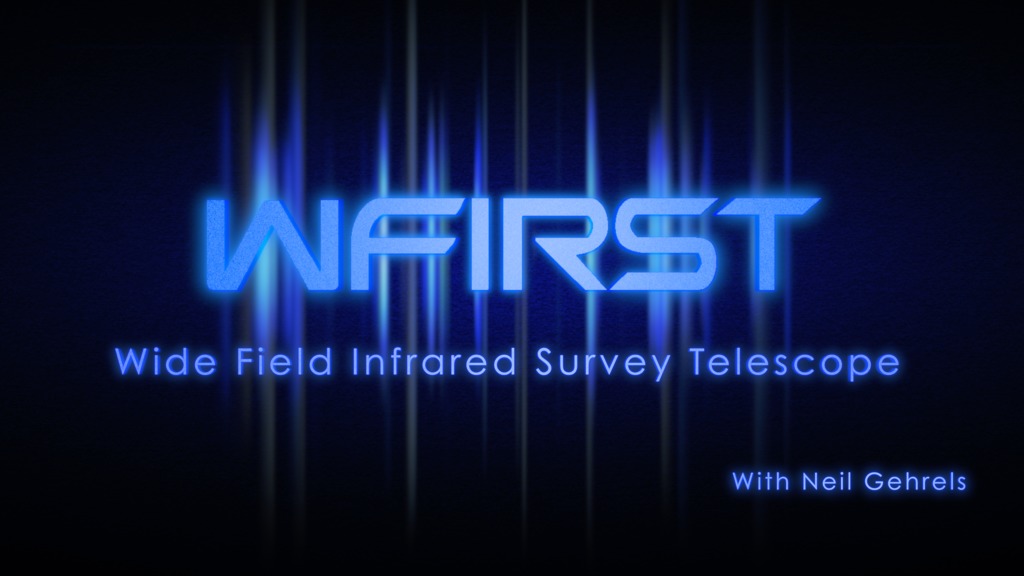Astronomical Object Beauty Sequences

5760x320 resolution video designed for 3x3 hyperwall use.
Credits
Please give credit for this item to:
NASA's Goddard Space Flight Center
-
Producer
- Scott Wiessinger (USRA)
-
Technical support
- Aaron E. Lepsch (ADNET Systems, Inc.)
-
Scientist
- Neil Gehrels (NASA/GSFC)
Missions
This page is related to the following missions:Series
This page can be found in the following series:Release date
This page was originally published on Friday, January 13, 2017.
This page was last updated on Wednesday, May 3, 2023 at 1:48 PM EDT.
